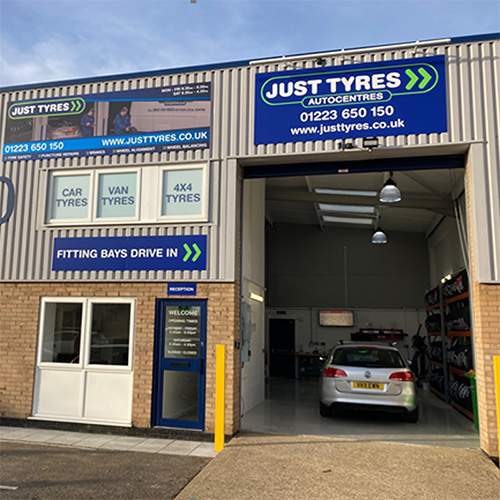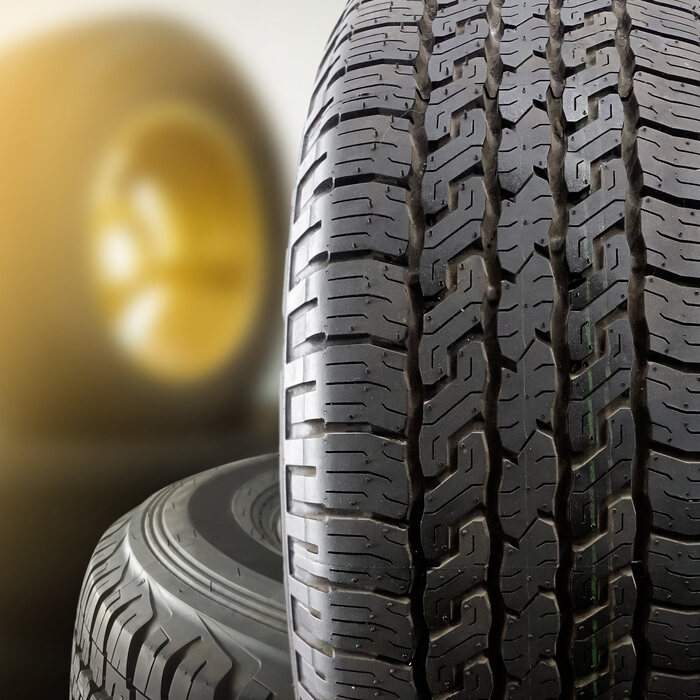WHAT IS TYRE SPEED RATING
Tyre speed rating (also referred to as the speed index) is the maximum speed at which a tyre can be safely used. It’s vital that you know your tyre’s speed rating so you can safely drive your vehicle without the risk of exceeding this limit.
Why do I need to know the tyre speed rating?
For legal reasons, you must ensure that you don’t exceed your tyre’s speed rating.
If you exceed the speed indicated by the speed rating, there’s a greater risk of damage to the tyre, which of course means there’s an increased risk of an accident, and therefore an impact on your safety as well as the safety of others.
If you don’t use tyres with the correct speed rating, you are also at risk of invalidating your insurance.
You should check your vehicle's handbook to ensure you’re using tyres with the correct speed rating. As a minimum your tyres should match your speed rating, but you can use tyres that exceed the speed rating.
Will a tyre’s speed rating affect how I drive?
When travelling at high speeds, tyres will generate a lot of heat, which in turn will make the hard rubber compound softer. With greater speeds comes more heat, which the tyres will not be designed to handle if the speed rating is exceeded.
If you’re using tyres with a low speed rating and you exceed the maximum speed, there’s a much greater risk of severe damage, which can lead to an accident. And of course, issues such as a blown tyre can be devastating, especially when they occur when you’re driving at high speeds.
Where do I find the tyre speed rating?
Now that you know what the tyre speed rating is, you’ll need to know where to find it.
As previously mentioned, your vehicle’s handbook will advise on the correct tyres to use. It's also simple to locate the speed rating on the tyre itself.
You’ll find a speed rating on any type of tyre you use, whether summer tyres, winter tyres, or all season tyres. To check the rating of your current tyres, refer to the information on their sidewall.
The surprising amount of information here can seem overwhelming, but to check the speed rating you only need to refer to the final letter (or two), which will range from B to ZR.
These letters are universal, used by all manufacturers to refer to the same maximum speeds. Below is a table that displays the final letter (or letters) you’ll find on your vehicle. For example, if the final letter is L, the vehicle can safely travel up to speeds of 75mph (or 120km/h)
| Rating Symbol |
Speed mph | Speed km/h |
Rating Symbol |
Speed (mph) |
Speed km/h |
|---|---|---|---|---|---|
| B | 31 | 50 | P | 93 | 150 |
| C | 37 | 60 | Q | 99 | 160 |
| D | 40 | 65 | R | 106 | 170 |
| E | 43 | 70 | S | 112 | 180 |
| F | 50 | 80 | T | 118 | 190 |
| G | 56 | 90 | U | 124 | 200 |
| J | 62 | 100 | H | 130 | 210 |
| K | 68 | 110 | V | 149 | 240 |
| L | 75 | 120 | W | 168 | 270 |
| M | 81 | 130 | Y | 186 | 300 |
| N | 87 | 140 | ZR | 150+ | 240+ |
As mentioned previously, check your handbook to ensure you’re legally allowed to use the tyres fitted. If your vehicle is designed to be used with tyres with a Q rating and you are using tyres with a P rating, you will need to change these immediately. However, if you require an M rating, using P is fine.
Buy your tyres online
Once you’ve checked your tyre speed rating you can use our quick and easy tool to buy your tyres online.






 Same Day Fitting. Order By 10:30am
Same Day Fitting. Order By 10:30am
 39 Nationwide Fitting Centres
39 Nationwide Fitting Centres
 5 Year Warranty On All Tyres
5 Year Warranty On All Tyres
 Price Check Promise. Always Great Deals
Price Check Promise. Always Great Deals

 Find a Centre
Find a Centre


